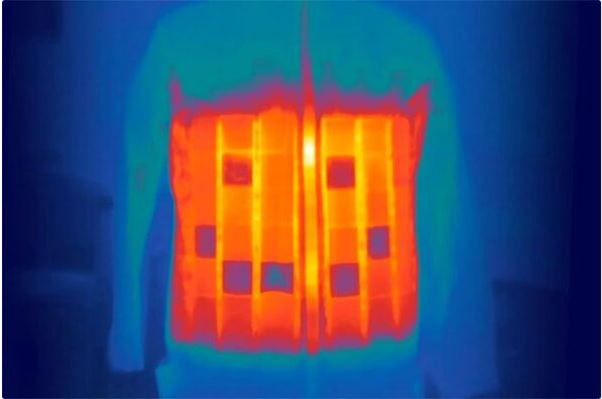The Autonomous Racing League (A2RL) recently held its auto racing tournament at the Yas Marina racetrack in Abu Dhabi, where the team from the Technical University of Munich (TUM) emerged victorious.
In this tournament, 8 racing teams from various countries including the United States, Germany, Sweden, China, United Arab Emirates (UAE), Hungary, Singapore, and Italy competed for prizes worth 2.25 million USD at the end of April, as reported by AI Business on April 30. All teams utilized the same 2023 Dallara Super Formula car, known as the fastest open-wheel racing car globally, boasting 550 horsepower and speeds of nearly 300 km/h. Equipped with 7 Sony cameras, 4 ZF radar sensors, 3 Seyond LIDAR devices, and Nvidia graphics processors, the vehicle served as the platform for teams to demonstrate their coding skills, AI algorithms, and machine learning techniques in teaching the car to drive autonomously.
Each team faced the challenge of developing AI software that enables the car to navigate the track, complete the race swiftly, outpace opponents, and make strategic decisions for victory. Human intervention was prohibited once the race began. Instead, the cars relied solely on AI to determine speed, braking, track navigation, overtaking, and risk assessment. AI software had to master various factors such as understanding road grip, managing tire temperature, predicting rival vehicle movements, and executing successful overtakes.
A2RL marked the first instance of four AI-controlled racing cars competing simultaneously on the track. Ultimately, TUM’s car emerged victorious after qualifying in Unimore, Italy.
The event was organized by ASPIRE, a subsidiary of the Abu Dhabi Advanced Technology Research Council (ATRC), with the aim of advancing AI research by providing a high-tech, competitive environment with substantial prize money. The organizers hope that such advancements will lead to technologies applicable in future driverless cars, shipping infrastructure, agriculture, and various other robotic systems.












